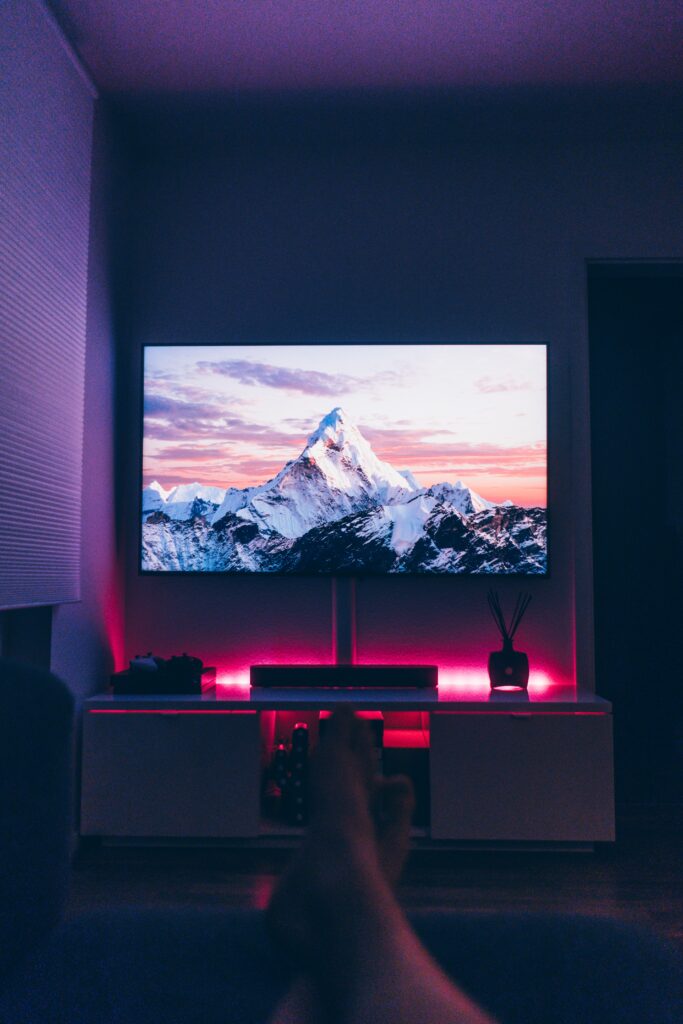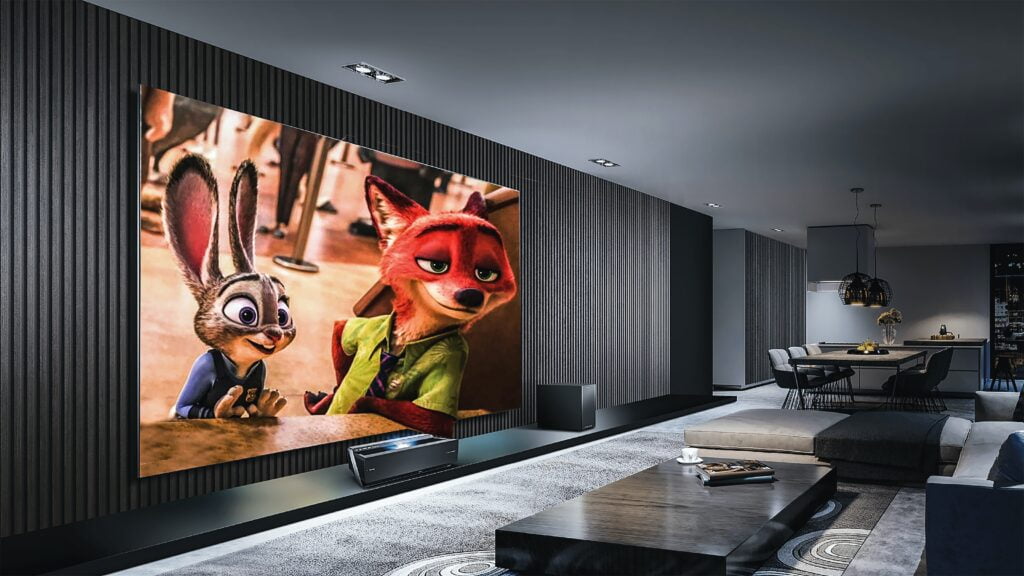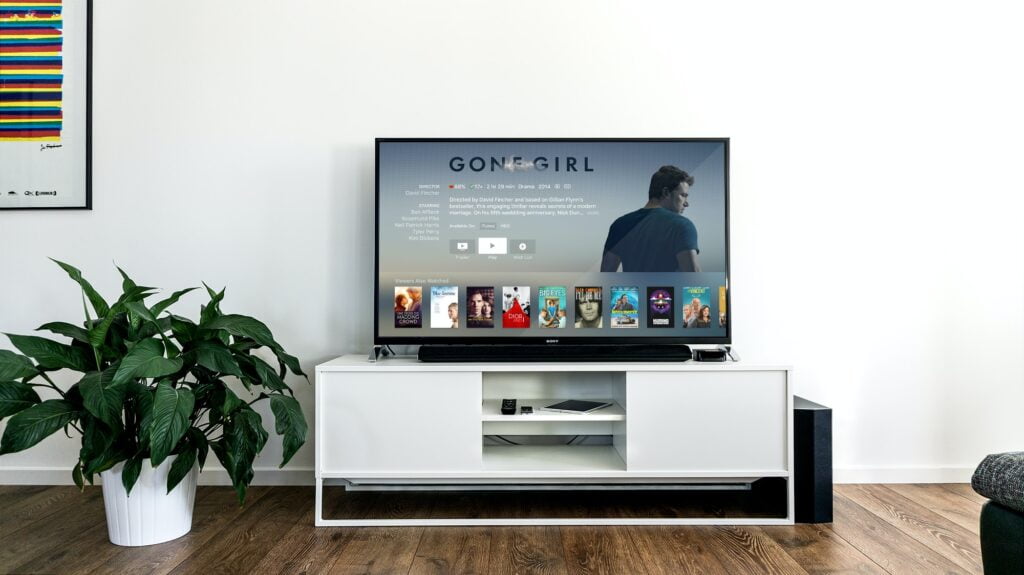Calibrating your smart TV is the key to unlocking the best picture quality it has to offer. In this article, I will explore the process of smart TV calibration, the tools you need, and the various settings you can adjust to ensure your TV displays content in the most vibrant, accurate, and immersive way possible.
1. The Importance of Calibration:
Before delving into the calibration process, it’s crucial to understand why calibration matters. Smart TVs come with default settings optimised for the showroom floor, which might not be ideal for your living room. Calibration fine-tunes these settings to deliver accurate colours, contrast, and brightness for your specific environment.
2. Equipment You’ll Need:
To calibrate your smart TV, you’ll need a few essential tools. These include a calibration disc or software, a colourimeter or spectrophotometer (for advanced calibration), and a remote control. Some modern smart TVs also come with built-in calibration tools and apps.
3. Set the Viewing Environment:
Ensure the room where your smart googletv is located has the typical lighting conditions you use for most of your viewing. This will help you calibrate the TV to match your everyday experience.
4. Basic Calibration Settings:
Start with the basic settings, including contrast, brightness, and sharpness. These settings control the fundamental aspects of your TV’s picture quality. Use a calibration disc or software to guide you through the process, making sure to adjust these settings until the picture is clear and balanced.

5. Colour Calibration:
Colour calibration is a critical aspect of achieving the best picture quality. You’ll need to adjust settings like colour temperature, tint, and colour balance. The colour temperature should be set to the industry-standard D65 (6500K) for accurate colours.
6. Advanced Calibration:
For a more precise calibration, you can invest in a colourimeter or spectrophotometer. These devices measure the colour and light output of your TV and generate a custom calibration profile. They provide highly accurate results and are often used by professionals.
7. HDR Calibration:
If your smart TV supports High Dynamic Range (HDR), make sure to calibrate it separately. HDR calibration involves adjusting settings like peak brightness, local dimming, and colour saturation to ensure that HDR content is displayed correctly.
8. Smart TV Calibration Apps:

Some modern smart TVs come with built-in calibration apps. These apps guide you through the calibration process, making it easier for users who are not familiar with the technical aspects of calibration.
9. Gamma and Black Levels:
Gamma and black level settings influence the gradation of colours and the depth of blacks in your TV’s picture. Adjusting these settings can greatly impact the overall image quality.
10. Motion Handling:
Many smart TVs have motion smoothing or motion interpolation settings that can make content look artificial. It’s advisable to turn off or adjust these settings to match your personal preferences.
11. Regular Re-Calibration:
Calibration is not a one-time process. Factors like changes in lighting, aging of TV components, and firmware updates can affect your TV’s performance. Periodic re-calibration ensures that your smart TV continues to deliver the best picture quality.
12. Online Resources and Professional Help:
If you’re not comfortable calibrating your TV yourself, you can find online resources that provide step-by-step instructions and recommendations. Alternatively, you can hire a professional calibrator to ensure the best results.
Conclusion
Smart TV calibration is a worthwhile endeavour to achieve the best picture quality tailored to your preferences and viewing environment. With the right tools and understanding of the calibration process, you can transform your smart TV into a visual powerhouse, delivering vibrant colours, accurate representation, and immersive experiences for all your favourite content.



1 comment
Hello! Consumers who need affordable and at the same time reliable mobile services choose Metro By Tmobile, and believe that this is the right decision. The company provides competitive prices for its services, while guaranteeing high quality of communication anywhere. Many people like this very much, and the information here https://metro-by-tmobile.pissedconsumer.com/customer-service.html is proof of this, so the number of their regular customers is rapidly increasing, and many highly rate this company.